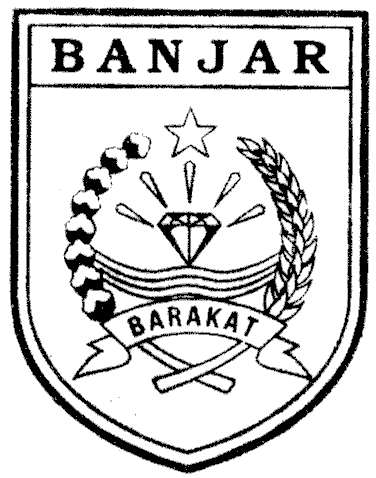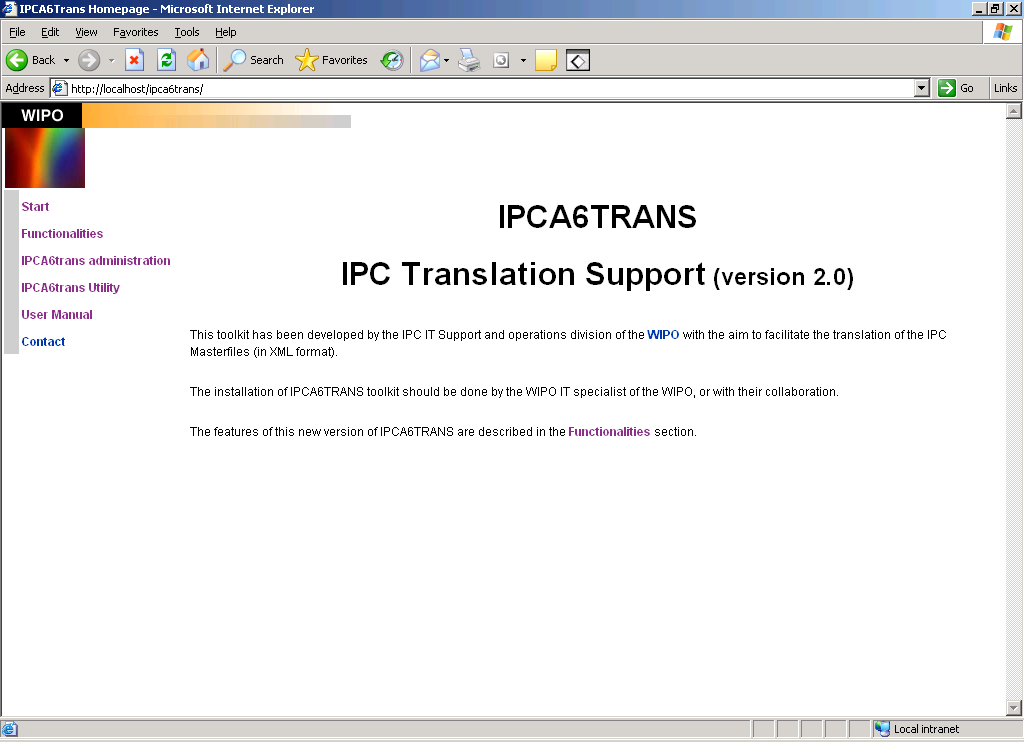LESSON PLAN FOR HOLOCAUST MEMORIAL DAY 2015 PRIMARY SCHOOL
CLASSROOM TESTED LESSON VIDEO DESCRIPTION “SECRETS OF THELESSON PLAN FORMAT FOR ELEMENTARY MIDDLE SCHOOL METHODS
SCIENCE LESSON PLAN IONIC AND COVALENT BODING
Teach Engineering Stem Curriculum Lesson Designing Bridges
UNIT SLAVERY LESSON 25 FREDERICK DOUGLASS (2
013_Spring1_UKS2_Yr5_Lesson_5


Lesson
plan for Holocaust
Memorial Day 2015
Primary School
Learning Objective
These activities are designed to encourage your pupils to think about memory and memories, why we need to remember and how and what we remember, to tie in with Holocaust Memorial Day.
These resources are intended for teachers to use with pupils aged 4-11. We hope that there will be something for everyone in the range provided. Due to the vast breadth of development in primary aged pupils from Early Years to Year 6, we have provided a number of activities, and will leave it to the teacher’s discretion to select an appropriate activity for their pupils.
As the Holocaust is not a focus until Year 6, we are focusing on the theme for Holocaust Memorial Day 2015 – Keep the Memory Alive. The lesson plan concludes with a very slight mention of the Holocaust so that this lesson plan is appropriate for your young pupils.
Activity one: Memory game
This activity will test your pupils’ memory skills.
Lay out lots of different items that your pupils will be familiar with and that you can access easily. This could include, for example:
A
rubber duck
A
fork
A
watch
A
pair of shoes
Some
money
A
backpack
An
apple
A
book
Some pens or pencils
A teddy bear
Some sandwiches
A telephone
Give your pupils some time to walk around the table, and let them know that they need to try to remember as many items as they can. Once they have had a good look, cover up the items with a cloth and ask them to write down as many as they can remember.
Ask the pupils to name the items they wrote down – it will be interesting to see which items were remembered by everyone and which by no-one. Discuss with the pupils why they remembered certain items and why other items were not remembered.
If you have the time, you could repeat this activity but this time work with your pupils to create a story involving all the items on the table. For example, teddy went on holiday and he had to pack
his backpack. He was going on a long journey so packed sandwiches and an apple to eat on the way… this method is likely to help the children remember more items. So once you have all created your story, ask the pupils to write a new list and see how many they remember this time. If they do remember more items, ask them why they think they were able to remember more.
and their families?
Activity two: Forgotten keys
This activity will help consider why it is important to remember.
Hold up a set of keys. Ask the pupils if they know what they are and what they are used for; prompt them if necessary. Hopefully they will say ‘car keys’, ‘house keys’, maybe even ‘school keys’, and they will know that they are used to open and unlock doors.
Ask your pupils what will happen if you forget your keys, ensuring that they explore all of the options, some of which are pictured below. For younger children, you could just choose one set of keys and follow this through. For an extra challenge, examine all three sets of keys.
Car Key: House Key: School Key:
You won’t be able to drive your
car
You won’t be able to get into
your home
No one will be able to get into the
school
Everyone will have to wait outside
(maybe in the cold/ rain)
You have to take the bus home
You have to wait outside (maybe in
the cold/ rain)
A garage has to come and collect your
car and replace the key
You have to call an emergency
locksmith to get new keys
You will miss a lesson and have to
catch up – maybe in the lunch break!
You have to pay the garage
You have to pay the locksmith
You have to pay a locksmith for new
keys
Aside from highlighting that forgetting your keys can be expensive, this exercise should demonstrate to your pupils why it is important to remember items. You can do the same exercise with a forgotten purse or wallet as well or instead.
Activity three: Remembering
This activity will focus on things that we want to remember, both happy occasions and sad ones. You may wish to just focus on the happy occasions if your students are younger.
Ask your students if they ever count down to an event and if so, what event? They may say a birthday, or a wedding, or a religious event such as Christmas: try to get as many different events as possible. Ask them to try to think about why they count down to the event – you could create a visual picture on a board or piece of flipchart paper recording their responses.

For an extra challenge
You could encourage your students to think about other ways of remembering significant events or dates – ask them how they remember. Do they have a calendar or a diary, for example? Do they set a reminder on their phone? Do they rely on other people to remind them? Do they tie a knot in their handkerchief? Does it matter which means we use to remember things?

Creative activity
Your students should each pick an important date and create a reminder for that date, such as a calendar or countdown. For an extra challenge, your students could create an advent-type calendar with the countdown information behind a window.
Try to encourage them to think about what the point of the countdown is. It is a way of remembering, so why are we remembering? Hopefully they will indicate positive sentiments – that they are looking forward to celebrating, to seeing family, to sharing good times etc.
You could now introduce remembering sad things. Please only do this if you know your students well; this activity may be best suited to older students. The purpose is not to upset them, it is to think about why we are remembering and who we are remembering. Ask your class what sad things they remember. If they mention family members who they have lost, try to turn it around and ask what nice things they remember – and how we remember them – do they have photos in their house, for example.
Keep the memory alive – plenary
The activities here have been exploring why it is important to remember things, objects, and dates. You can share with your students the life story of David Berger, who wanted to be remembered and asked people to remember him. The life story of Emanuel Ringelblum also demonstrates that people wanted to be remembered, and the archive that he helped create, containing documents and photographs shows the ways in which they tried to ensure their stories, and their lives would be remembered. You can find both these life stories here: hmd.org.uk/davidberger and hmd.org.uk/onegshabbat
We are lucky to live in a community with people from all over the world – if this is particularly relevant to your community you could highlight that you share your community with people from different places. Each and every one of us is unique and we should celebrate the differences. However, in the past people who were different found themselves in trouble, people like David Berger and Emanuel Ringelblum. Other people would attack them and some of the people who were different were murdered. We do not want to forget these people, we want to keep their memory alive.
Each year, on Holocaust Memorial Day, we remember them. Your class can light a candle for them, and can hold a minute’s silence for them, to show that we remember them.
WHAT NEXT
Please encourage your students to keep the memory alive. This could be something done collectively, in the classroom, or could be done individually. There are resources on the Holocaust Memorial Day Trust website that can help with this, including an assembly specifically for primary school pupils, and activities about who we are remembering which focusses on David Berger: hmd.org.uk/education
Now that you have completed an activity for Holocaust Memorial Day, please download our free certificate to show that you have kept the memory alive: hmd.org.uk/ktmacertificate
![]()
![]()
hmd_uk hmd.org.uk/education /hmd.uk
1 EDTPA LESSON PLAN PROFESSIONAL GUIDELINES 72314 REVISED 8417
10 AMAZING LIFE LESSONS YOU CAN LEARN FROM ALBERT
10 MICRO I LESSON 3 PREFERENCES LESSON 2
Tags: holocaust memorial, for holocaust, lesson, primary, holocaust, school, memorial
- THE BINT’S GUIDE TO BEING A SOLDIER’S WIFE BY
- PART 38 APPEAL TO THE COURT OF APPEAL AGAINST
- KOOLIELU ABI LOGI SISSE KASUTAJANIMI VÕI EMAIL PAROOL
- GSAK 101! T HIS IS A STEPBYSTEP GUIDE TO
- THANK YOU FOR YOUR WILLINGNESS TO PARTICIPATE IN OUR
- G ABY HOLZ – ENGLISCH FÜR KINDER KEUSLINSTR 16
- CLASS 2 ENVIRONMENTAL ECONOMICS HISTORICAL CONTEXT 1971
- A KNOWLEDGE TEST TOOL HASZNÁLATA 1BELÉPÉS ELÉRÉSI ÚTVONAL
- SCHACKKLUBBEN ROCKADEN STYRELSEPROTOKOLL NR 2 0102 LOKAL HÄGERSTENSÅSENS MEDBORGARHUS
- COMP NAMEBENTUKKEPUTUSAN PRESIDEN REPUBLIK INDONESIACOMP NOMOR COMP NAMENOMOR55 TAHUN
- ŚWIADCZENIAMI RODZINNYMI SĄ 1) ZASIŁEK RODZINNY ORAZ DODATKI DO
- WEDNESDAY 6 OCTOBER 2010 MEDIA RELEASE ACCESSORISE TO SAVE
- 1 AUDIO VIDEO RECORDING AUDIO OR VIDEO RECORDING
- O CCUPATIONAL HEALTH SERVICE THE EDUCATION CENTRE ST THOMAS’
- WORST DISASTERS – LIVES LOST (US) WAYNE BLANCHARD PHD
- MONOGRAFIE ISTORICUL COMUNEI JEBEL COMUNA JEBEL ESTE ASEZATA IN
- 1 EL NOMBRE O SUSTANTIVO DEFINICIÓN SON PALABRAS CUYO
- ISTORICUL CONCURSULUI NA|IONAL DE FIZIC~ “EVRIKA !” DAC` PRIMUL
- LEVANTAMENTO DE REQUISITOS NRO CHAMADO PROJETO
- 44 AMENDMENTS TO STANDING ORDERS STANDING ORDER 213 THE
- DAGSORDEN TIL MØDE ONSDAG DEN 9 SEPTEMBER 2020 KLOKKEN
- TAL I COM DEFINEIX LARTICLE 10 DE LA LLEI
- DPTO CCNN ANATOMÍA APLICADA 1º BACH EJERCICIOS IES GIL
- QUESTIONNAIRE ON TENSE AND ASPECT IN AFRICAN LANGUAGES SILVESTER
- REPORTAJE A ALBERTO BUFATELLI ¿CÓMO SE INICIÓ EN EL
- EAS PHD COMPREHENSIVE EXAM EAS PHD COMPREHENSIVE EXAMINATION
- PERSBERICHT DOELGROEPGERICHTE VERLICHTING VAN SHOP & RETAILRUIMTES – NIEUWE
- NUMBER AS91008 VERSION 1 PAGE 2 OF 2 ACHIEVEMENT
- 02288 BOARD OF LICENSURE OF ARCHITECTS LANDSCAPE ARCHITECTS AND
- Nº 30233J REGLAMENTO DE LA LEY DE MARCAS
 ESCRITO DE AUTORIZACIÓN PADRÓN DE PROVEEDORES LAURA OLIVIA VILLASEÑOR
ESCRITO DE AUTORIZACIÓN PADRÓN DE PROVEEDORES LAURA OLIVIA VILLASEÑORFORM WENT CHILDREN’S COURT OF WESTERN AUSTRALIA WARRANT (ENTRY
 PEMERINTAH KABUPATEN BANJAR DINAS SOSIAL JALAN SEKUMPUL UJUNG
PEMERINTAH KABUPATEN BANJAR DINAS SOSIAL JALAN SEKUMPUL UJUNGTASK CLIMBS AND CLIMBING TURNS DEFINITION A BASIC
2 (P DEL S 74) LEY PARA CREAR EL
 COORDINACIÓN GENERAL SECRETARÍA EJECUTIVA DE LA JUNTA DIRECTIVA DE
COORDINACIÓN GENERAL SECRETARÍA EJECUTIVA DE LA JUNTA DIRECTIVA DE SOLICITUD DE PREINSCRIPCIÓN CAMPAMENTOS URBANOS 1 SOLICITANTE PADRE MADRE
SOLICITUD DE PREINSCRIPCIÓN CAMPAMENTOS URBANOS 1 SOLICITANTE PADRE MADREDDª CON DNI Ó NIE Nº AUTORIZO
 “ 2016 – AÑO DEL BICENTENARIO DE LA DECLARACIÓN
“ 2016 – AÑO DEL BICENTENARIO DE LA DECLARACIÓN CONTENTS 2 EN WORLD INTELLECTUAL PROPERTY ORGANIZATION SPECIAL UNION
CONTENTS 2 EN WORLD INTELLECTUAL PROPERTY ORGANIZATION SPECIAL UNION O GRAFTON HOUSE 1517 RUSSELL ROAD IPSWICH SUFFOLK IP1
O GRAFTON HOUSE 1517 RUSSELL ROAD IPSWICH SUFFOLK IP1 SENATE RESOLUTION NO 125 STATE OF NEW JERSEY 215TH
SENATE RESOLUTION NO 125 STATE OF NEW JERSEY 215THROTHMAN KJ GREENLAND S LASH TL CHAPTER 10 PRECISION
LAND WATER AND PEOPLE THE SPRUCE BEETLE EPIDEMIC WHAT’S
MISSION STATEMENT OF THE CARIBBEAN PHILOSOPHICAL ASSOCIATION THE CARIBBEAN
 LO PRIMERO QUE HAREMOS SI NUESTRA LÁMINA NO TIENE
LO PRIMERO QUE HAREMOS SI NUESTRA LÁMINA NO TIENE GOVERNMENT OF KARNATAKA BELAGAVI INSTITUTE OF MEDICAL SCIENCES BELAGAVI
GOVERNMENT OF KARNATAKA BELAGAVI INSTITUTE OF MEDICAL SCIENCES BELAGAVILES FICHES DE LECTURE DE LA CHAIRE DÉVELOPPEMENT DES
CHARGE THE PCC ACCEPTABLE HEADINGS IMPLEMENTATION TASK GROUP IN
 STUTTGART 54 KINDER UND JUGENDLICHE ADLER HANS HERMANN (
STUTTGART 54 KINDER UND JUGENDLICHE ADLER HANS HERMANN (